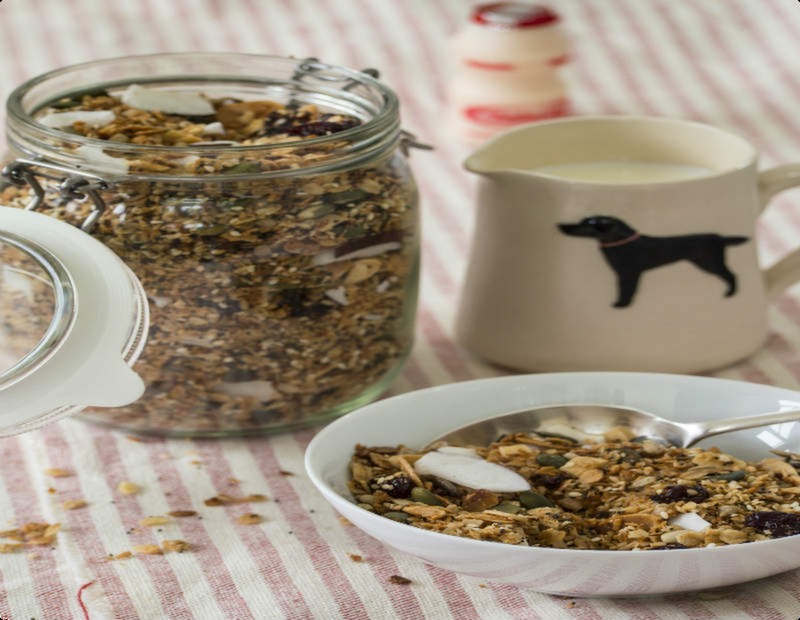

What is fibre?
Fibre is essential for a good balanced diet – but many of us in the UK aren’t managing to consume the recommended intake of 18g per day.* Did you know that fibre is only found in plant-based foods such as fruit, vegetables, nuts and seeds? Foods originating from animals contain no fibre.
What does it do?
There are two different types of fibre: soluble fibre and insoluble fibre. Most foods contain a mixture of both.
Soluble fibre
Soluble fibre can be broken down by bacteria in the intestine. It can also ‘bind’ with cholesterol, and so may help to lower cholesterol levels.
Insoluble fibre
Insoluble fibre cannot be digested; the bacteria in the intestine cannot break it down. It can therefore help to ease the passage of other food through the intestine – and so may play a role in preventing constipation and other digestive problems.
Good sources of fibre
Soluble fibre
Fruit, vegetables, oats, barley and rye.
Insoluble fibre
Leafy vegetables, legumes, lentils, wholemeal bread, wholegrain rice and wholegrain pasta.
A portion of a bran based breakfast cereal or a portion of wholegrain pasta could provide you with up to half of your recommended intake of fibre.
Did you know?
Eating foods that are high in fibre will keep you feeling fuller for longer. This may help if you are trying to lose weight.
Make your daily routine work harder for you, by incorporating more fibre into your breakfast!
Reference
* Department of Health, Dietary Reference Values for Food Energy and Nutrients for the United Kingdom, HMSO, 1991



